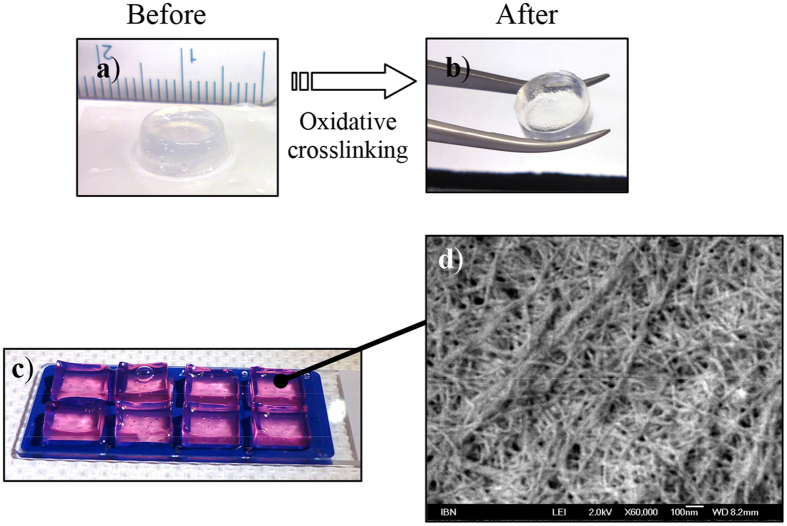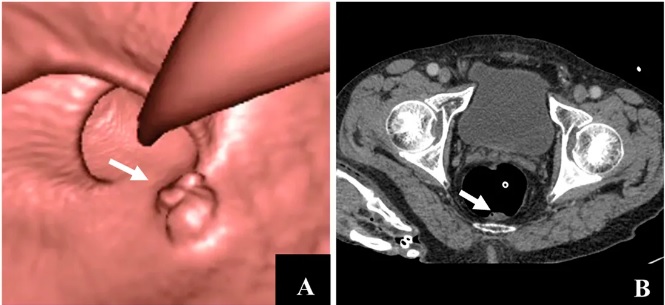Innovative Hydrogel Wound Dressing Targets Inflammation for Better Healing

Chronic wounds represent a significant medical challenge, imposing substantial financial burdens on healthcare systems worldwide. A recent development from ETH Zurich offers a promising solution: a selective, sponge-like hydrogel designed to reduce inflammatory signals while promoting healing. This innovative product, spearheaded by Pioneer Fellow Börte Emiroglu, aims to revolutionize the treatment of chronic wounds, which often persist for months or even years due to prolonged inflammatory responses.
According to a report published on July 4, 2025, in the journal Advanced Healthcare Materials, chronic wounds, frequently associated with conditions such as diabetes and circulatory disorders, can lead to serious health complications and increased healthcare costs. Emiroglu's hydrogel functions by capturing pro-inflammatory signals from the wound area while simultaneously releasing molecules that facilitate tissue regeneration. This dual action addresses the root causes of chronic inflammation, which often traps patients in a cycle of ineffective healing.
Emiroglu, who transitioned from Turkey to Zurich to pursue her doctoral studies at the Macromolecular Engineering Laboratory under the guidance of Professor Mark Tibbitt, emphasizes the importance of this technology. "We want to guide a wound out of the inflammatory state and give it the right instructions for healing," she states. The hydrogel's unique design allows it to selectively bind harmful inflammatory molecules while promoting regenerative processes, distinguishing it from traditional wound treatments that may not effectively target underlying issues.
The hydrogel consists of microgel particles that create a soft, sponge-like matrix. When applied to a wound, this structure acts like a sponge, absorbing excess inflammatory signals while simultaneously releasing pro-angiogenic factors that enhance healing outcomes. This innovative approach is inspired by natural processes, where efficient mass transport occurs in simpler organisms, leading to insights that inform the hydrogel's design.
The potential applications for Emiroglu's hydrogel extend beyond chronic skin wounds. Researchers believe it could also benefit the healing of internal tissues including bones, cartilage, and tendons, where effective mass exchange is critical due to limited blood supply.
Current treatments for chronic wounds often involve mechanical suction devices or non-specific dressings, which can dry out the wound and impede healing. In contrast, the hydrogel approach aims to intervene in the inflammatory cycle at an early stage, promoting better long-term recovery.
Emiroglu and her co-founder, Apoorv Singh, have established the start-up Immunosponge to further develop and commercialize this technology. While initially focused on academic research, they are now working to translate their findings into practical solutions for healthcare providers. "It's not about getting something onto the market as quickly as possible; it's about creating something with long-term value," Emiroglu asserts, highlighting their commitment to thorough development.
As they engage with clinicians and market leaders, Emiroglu and Singh are learning how to effectively meet the needs of healthcare professionals and patients alike. Looking ahead, Emiroglu remains optimistic about the future of Immunosponge, stating, "In five or ten years, we hope to have a market-ready solution, but for now, we are focused on development and learning."
The implications of this research extend beyond individual patient care; it represents a significant advancement in biomedical technology that could alleviate the financial strain of chronic wounds on healthcare systems globally. As the project progresses, the development of this hydrogel may well herald a new era in the management of chronic wounds, promising improved outcomes for patients suffering from these often debilitating conditions.
For further reading, the full research is documented in the study by Dilara Börte Emiroglu et al., titled "Granular Biomaterials as Bioactive Sponges for the Sequestration and Release of Signaling Molecules," published in Advanced Healthcare Materials in 2024.
Advertisement
Tags
Advertisement





